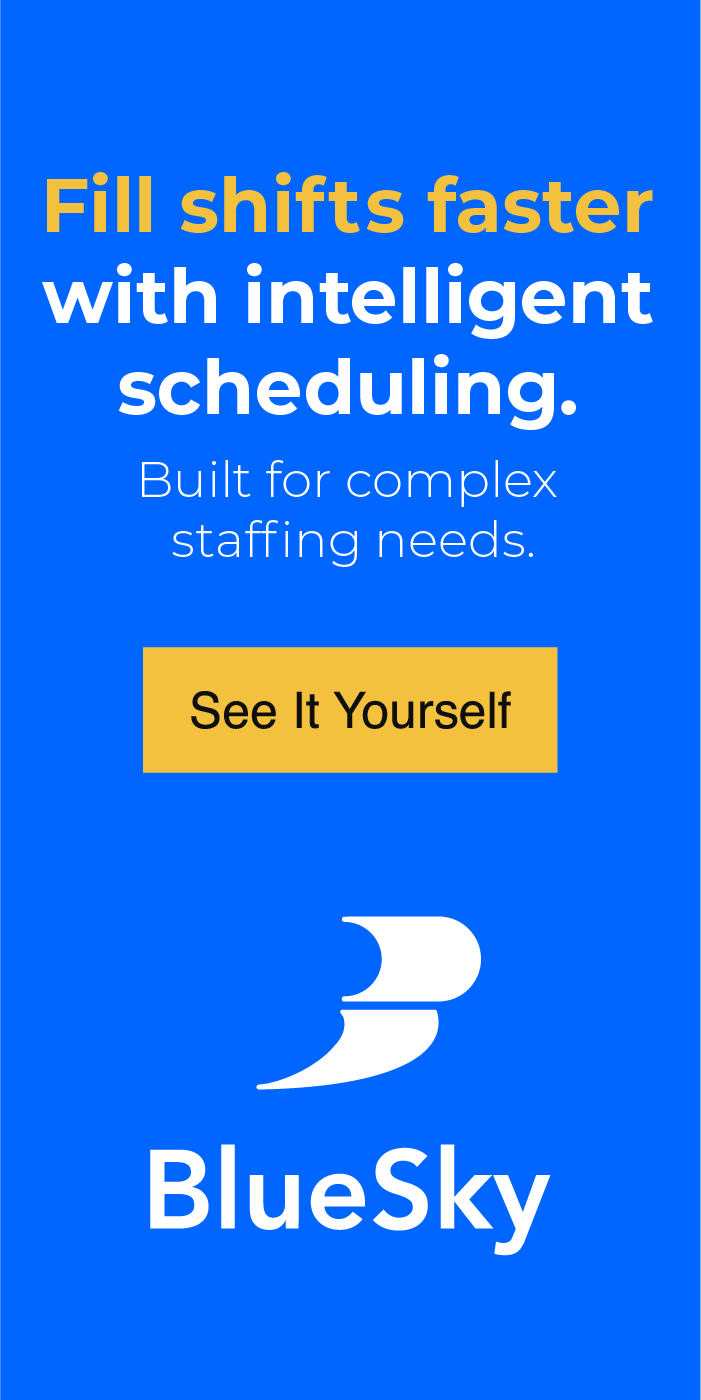Moving contingent workforce processes to a vendor management system (VMS) is a significant undertaking.
Two keys to building a strong vendor management system is the ability to create initiative to change embedded cultures and the development of strong partnerships. Additionally, the success of a strong vendor management system rests not only with people, but with the underlying data management tools. An effective vendor management system must provide multiple secure points of data entry that track the entire universe of workforce data. It is when like-minded people come together with the right tools that a vendor management system can be very efficient for all stakeholders.
Executive buy-in and support is critical to assure compliance to the vendor management system is fulfilled.
Without top-level support, success of the vendor management system function like a screen door in a submarine………too many leaks and the entire system will be sunk. With it, your job is much easier, and the accountability at every other level can be counted on. Most successful vendor management systems started with a team of committed stakeholders within the client organization. It is important that there is a stakeholder from as many departments as possible. HR, Finance, Nursing, and risk management will be crucial in executing all the necessary steps. If it is possible to bring the IT department to the table, the opportunities for real-time contingent labor, as well as the opportunity to automate time and attendance internally will be greatly enhanced. The most successful vendor management systems have been able to “piggyback” on the client’s existing electronic time and attendance system to generate billing and payment systems that are in tandem with the client’s internal payroll.
If the IT department can integrate their internal processes for time and attendance with the vendor management system, almost 50% of the steps in setting up a vendor management system will be eliminated. Regardless the manner in which time and attendance is transferred; the stakeholders from the other departments must have specific instruction at every step. The establishment of a vendor management system is designed to create significant savings in both direct or “hard” costs and indirect or “soft costs”. Despite the savings vendor management systems create; there will always be a learning curve in changing long-standing policies and procedures. The easiest way to think of this learning curve is to attempt to sign your name but omit every other letter. The first time you do this, it will take longer, however, with practice you should be able to do this in 50% of the time as you are only writing half the letters in your name. We will follow up in our next blog with more details on the financial savings of a vendor management system.
